Fabrizio Orlandi
A semantic web approach to uplift decentralized household energy data
Aug 26, 2022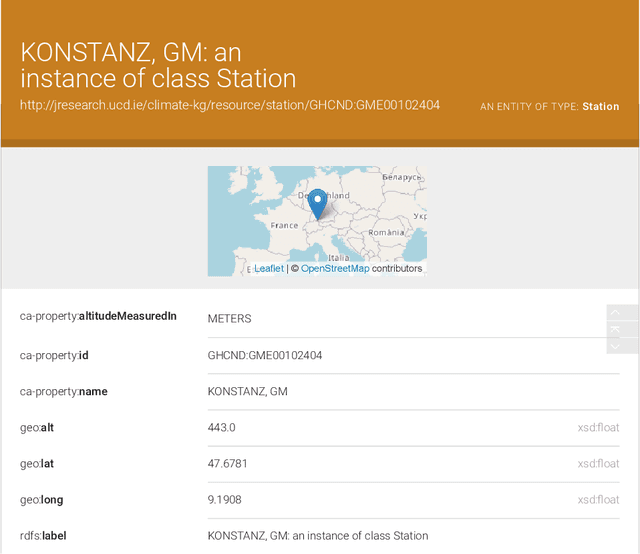

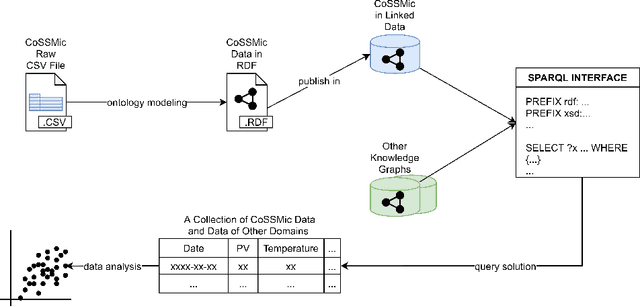
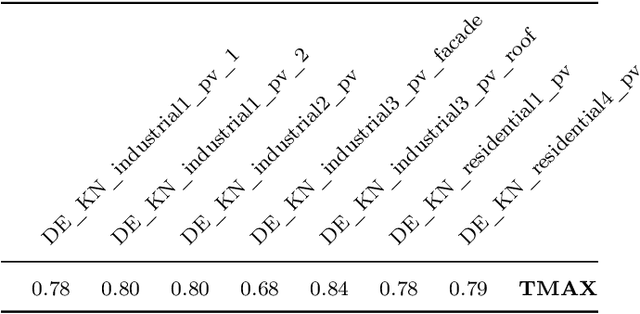
Abstract:In a decentralized household energy system comprised of various devices such as home appliances, electric vehicles, and solar panels, end-users are able to dig deeper into the system's details and further achieve energy sustainability if they are presented with data on the electric energy consumption and production at the granularity of the device. However, many databases in this field are siloed from other domains, including solely information pertaining to energy. This may result in the loss of information (e.g. weather) on each device's energy use. Meanwhile, a large number of these datasets have been extensively used in computational modeling techniques such as machine learning models. While such computational approaches achieve great accuracy and performance by concentrating only on a local view of datasets, model reliability cannot be guaranteed since such models are very vulnerable to data input fluctuations when information omission is taken into account. This article tackles the data isolation issue in the field of smart energy systems by examining Semantic Web methods on top of a household energy system. We offer an ontology-based approach for managing decentralized data at the device-level resolution in a system. As a consequence, the scope of the data associated with each device may easily be expanded in an interoperable manner throughout the Web, and additional information, such as weather, can be obtained from the Web, provided that the data is organized according to W3C standards.
Using Mapping Languages for Building Legal Knowledge Graphs from XML Files
Nov 18, 2019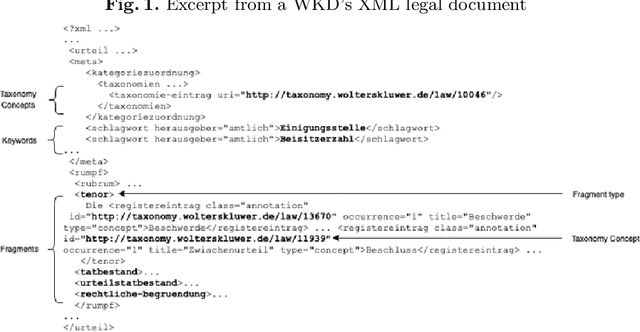
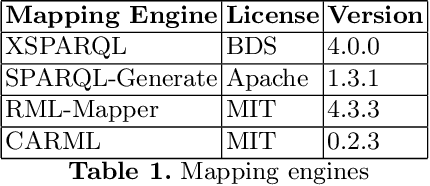
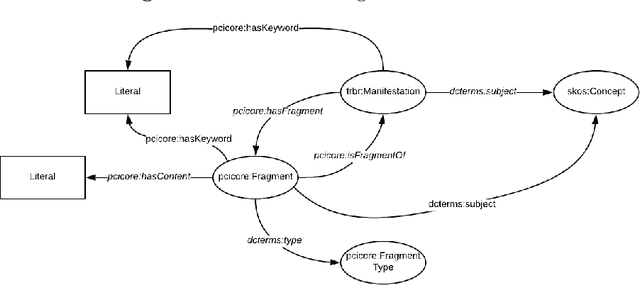
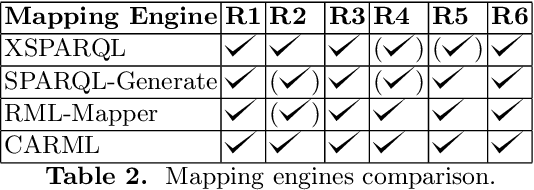
Abstract:This paper presents our experience on building RDF knowledge graphs for an industrial use case in the legal domain. The information contained in legal information systems are often accessed through simple keyword interfaces and presented as a simple list of hits. In order to improve search accuracy one may avail of knowledge graphs, where the semantics of the data can be made explicit. Significant research effort has been invested in the area of building knowledge graphs from semi-structured text documents, such as XML, with the prevailing approach being the use of mapping languages. In this paper, we present a semantic model for representing legal documents together with an industrial use case. We also present a set of use case requirements based on the proposed semantic model, which are used to compare and discuss the use of state-of-the-art mapping languages for building knowledge graphs for legal data.
 Add to Chrome
Add to Chrome Add to Firefox
Add to Firefox Add to Edge
Add to Edge